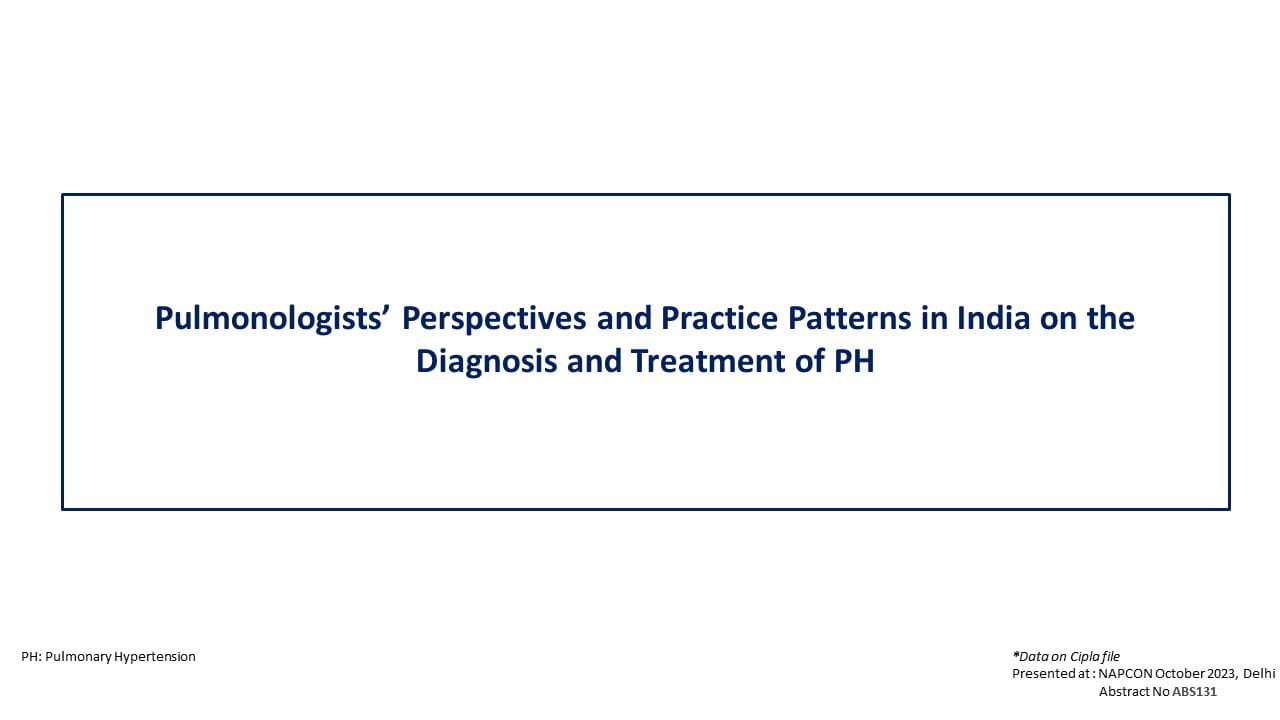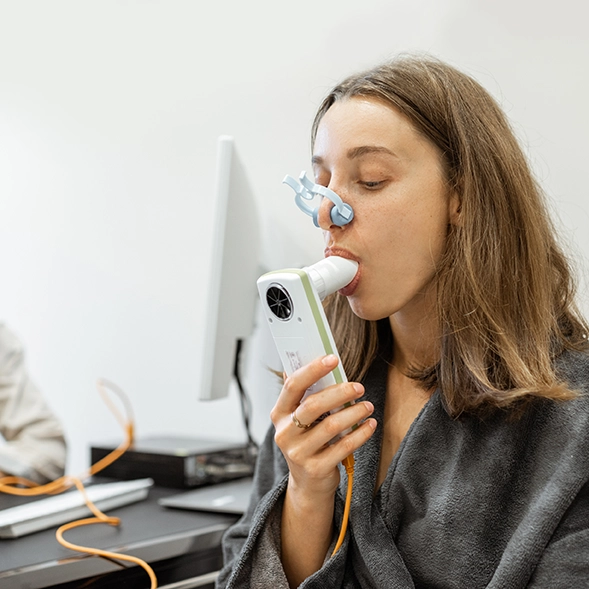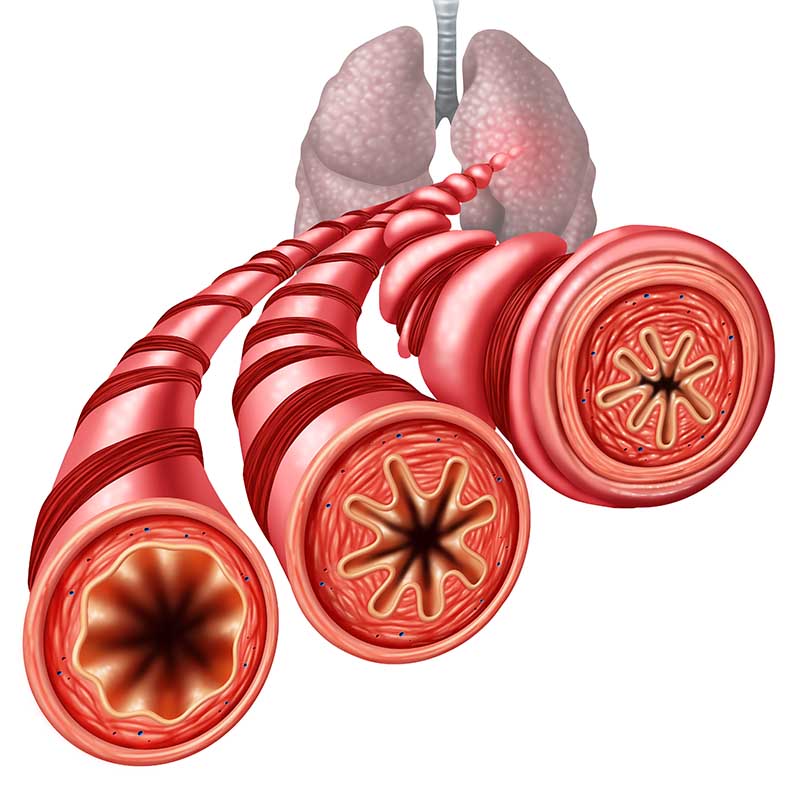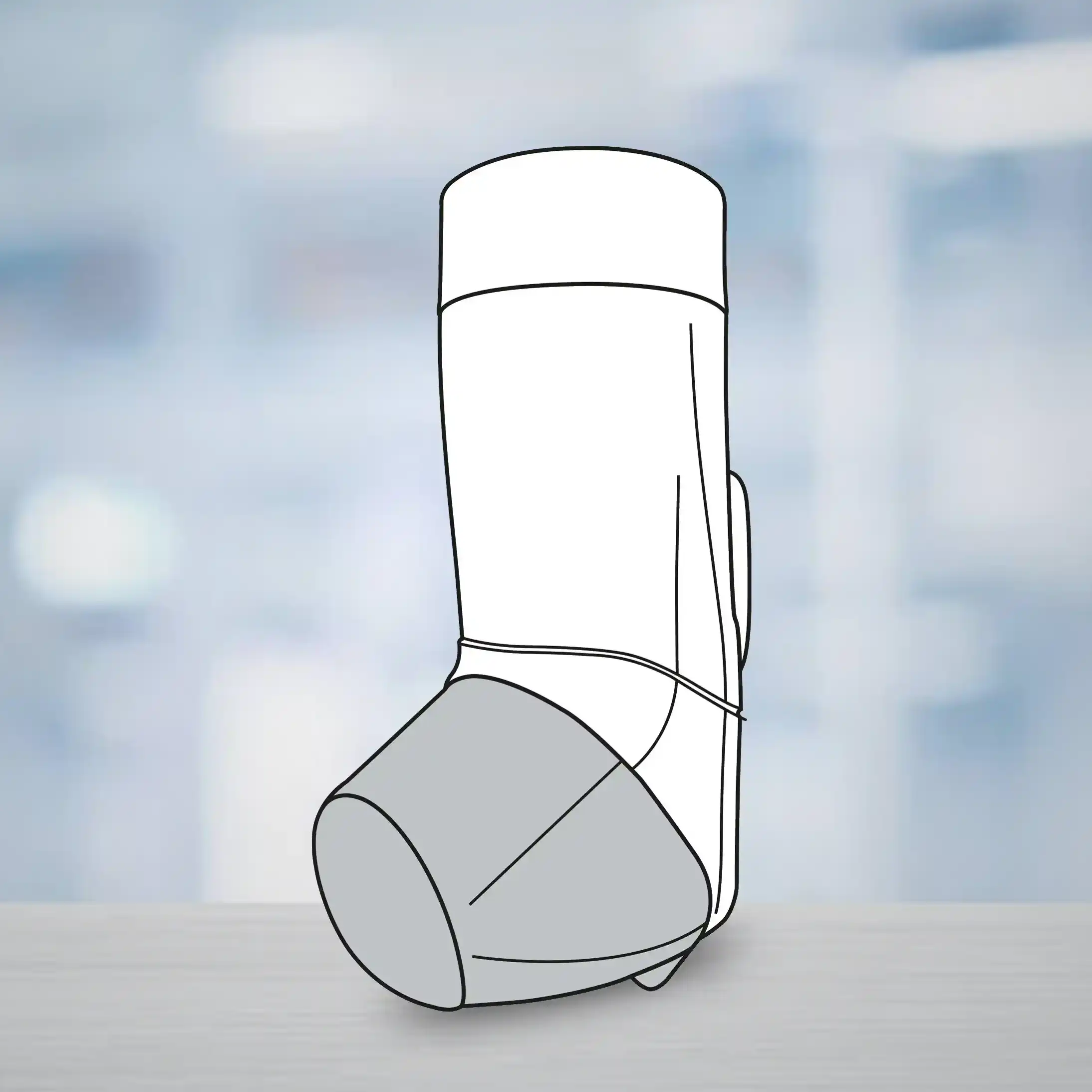Introduction
Allergic rhinitis (AR) is an immunoglobulin (Ig)-E mediated inflammation of the membranes lining the nose induced by exposure to allergens. AR is characterized by sneezing, nasal congestion, nasal itching and rhinorrhea. AR is subdivided into intermittent AR (IAR) or persistent AR (PER) and severity into mild or moderate/severe. Oral or topical antihistamines and topical nasal steroids are the most used and effective medication targeted to achieve improved symptom control. Fluticasone propionate (FP) is a topical corticosteroid with low systemic bioavailability. Azelastine is a topical second-generation antihistamine.
Aim
The efficacy of topical therapy with FP and azelastine was compared with FP alone in patients with PER.
Methods
Study Design
- Prospective case series study
Patient Profile
- Patients with PER aged >15 years
- Score for AR (SFAR) >7
Treatment Strategy
- The cohort of 80 patients were randomized into 2 groups of 40 each with group 1 receiving FP 50 mcg and azelastine 140 mcg and group 2 receiving FP 50 mcg alone.
- Individual symptom scores and total symptom score (TSS) were recorded before treatment and after 4 weeks of treatment.
Endpoints
- Individual symptom score
- TSS
Results
- The mean TSS and mean individual symptom score between the 2 groups were similar at baseline
- There was statistically significant difference in mean TSS before and after 4 weeks of treatment in both groups (p<0.01 in both) as seen in Table 1.
|
|
Before treatment |
After treatment |
P value |
|
Group 1 |
8.45+1.06 |
1.525+1.06 |
<0.0001 |
|
Group 2 |
8.42+1.12 |
3.275+1.75 |
<0.0001 |
- Group 1 had a better reduction of symptoms as compared to Group 2 in nasal obstruction, nasal discharge and nasal itching.
- However there was no significant difference in the reduction of sneezing as shown in Table 2.
Table 2. Individual symptom score after treatment
|
Symptoms |
Group 1 |
Group 2 |
P value |
|
Sneezing |
0.5+0.5 |
0.7+0.8 |
0.19 |
|
Nasal obstruction |
0.7+0.5 |
1+0.7 |
0.025 |
|
Nasal discharge |
0.2+0.4 |
0.9+0.6 |
<0.001 |
|
Nasal itching |
0.02+0.2 |
0.7+0.8 |
<0.001 |
- There were no drug reactions reported by any patient in both the groups.
Conclusion
- The efficacy of both fluticasone propionate + azelastine nasal spray and fluticasone propionate nasal spray were comparable in relieving symptoms in patients with persistent allergic rhinitis.
- Fluticasone propionate and azelastine nasal spray resulted in significant reduction of symptoms such as nasal obstruction, nasal discharge and nasal itching when compared with fluticasone propionate alone.
Int J Otorhinolaryngol Head Neck Surg.2021 Mar; 7(3):487-92.










